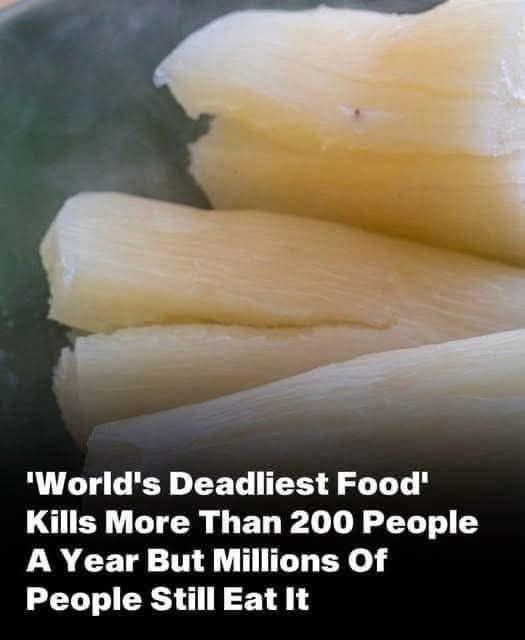Balancing Risk and Reward
The key to harnessing cassava’s potential lies in education and proper processing techniques. Governments, NGOs, and international organizations have been working to raise awareness about safe cassava preparation methods. Initiatives include teaching farmers and households how to soak cassava roots for extended periods, boil them thoroughly, or ferment them to reduce cyanide levels significantly.
In addition to traditional methods, modern advancements are helping mitigate risks. Scientists are developing low-cyanide varieties of cassava that retain the plant’s nutritional value while minimizing its toxic properties. These innovations hold promise for reducing the global burden of cassava-related illnesses, especially in vulnerable populations.
A Symbol of Resilience and Risk
Cassava embodies the duality of human existence: it is both a symbol of survival and a reminder of vulnerability. For millions, it represents hope—a crop that thrives where others fail, providing sustenance in the face of adversity. Yet, it also underscores the importance of knowledge, infrastructure, and innovation in ensuring food safety.
As the world grapples with challenges like climate change, population growth, and food insecurity, cassava will likely continue to play a critical role in global nutrition. However, its deadly potential cannot be ignored. By addressing the risks associated with improper preparation and investing in safer alternatives, we can ensure that cassava fulfills its promise as a life-giving resource rather than a perilous gamble.
In the end, cassava teaches us an important lesson: even the most humble foods carry profound implications for health, culture, and survival. With care and commitment, we can transform this “deadliest food” into a beacon of resilience and nourishment for generations to come.

